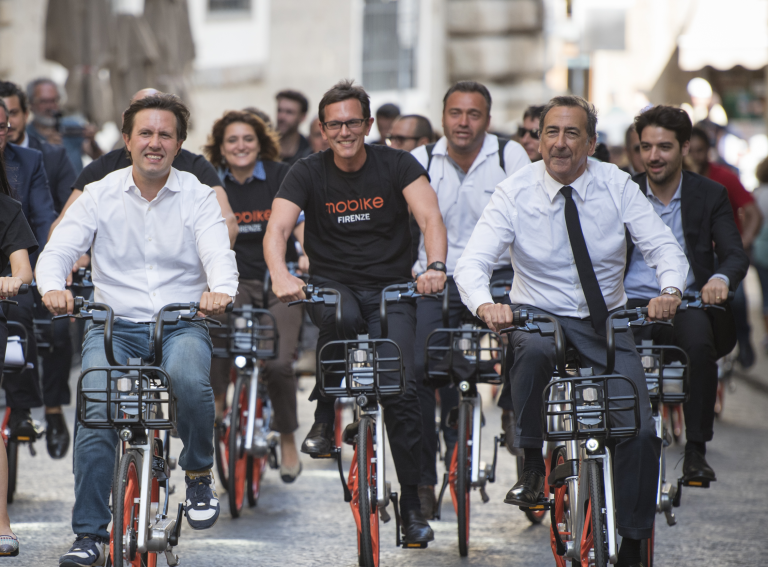Free storage and sustainable deliveries – what’s the catch?
“The truth is there is no catch,” Delivery Mates Chief Operating Officer Kevin Savage tells Zag Daily.
Better Bankside – one of the first Business Improvement Districts (BIDs) in the country – launched its Green Logistics Centre this summer to consolidate deliveries, reduce emissions and support local businesses.
Over the course of a 12-month pilot scheme in London, 10 local businesses will benefit from a year of free sustainable deliveries and storage space in the Bankside neighbourhood.
The deal has been made possible thanks to Better Bankside’s partnership with sustainable e-cargo bike provider Delivery Mates.
“It feels necessary to be helping businesses at a time when so many are struggling with costs of living, especially post-Brexit and post-pandemic which have made costs for smaller businesses even more challenging,” Better Bankside Sustainability Manager Sadie Hodgson tells Zag. “We want to support these businesses with their storage and delivery costs while also helping them achieve their environmental goals.”
How the Green Logistics Centre works
With the first 12 months of operations subsidised by Better Bankside, participating businesses can order stock directly to the GLC to be received, managed and securely stored by Delivery Mates.
Upon receiving stock requests from the business via an online platform, Delivery Mates will then transport the stock by cargo bike directly to the customer’s door.
So what’s the point of the reroute?
Backed by Transport for London and the London Mayor Good Growth Fund, the GLC consolidates deliveries and associated emissions coming into the Bankside neighbourhood. It aims to do this while offering small local businesses valuable storage space in a notoriously pricey rental market and ensure their sustainable efforts don’t go out the window in the process.
How the business benefits
The GLC is designed to support the growth of businesses in a neighbourhood that consists primarily of small and medium-sized enterprises.
As well as having additional storage space, participating businesses can get cheaper deliveries by buying in bulk. They can then get recognised by clients, employees, and peers as a sustainability leader by reducing their delivery footprint. Also, no deliveries are ever missed as the GLC receives the order for them.
Maggio’s Confectionary is one of two local businesses selected to use the GLC over the next year, with the remaining eight soon to be announced. The company has struggled with limited storage space since it began operations in London’s staple Borough Market in 2019.
“I am very happy to be part of this initiative,” Maggio’s Confectionary Owner Massimo Maggioni says. “Having my stock safely stored nearby and the convenience of free green deliveries is a game-changer. It’s one less thing to worry about, allowing me to focus on what I love – creating delicious treats for our customers.”
Kevin Savage says: “While businesses are interested in taking part, they’re usually SMEs with limited resources, and changing something that already works for them might not be high on their agenda.”
Where from here?
Better Bankside will monitor the progress of the GLC with two indicators in mind: emission reduction and the cost savings to local businesses.
In collaboration with sustainable transport consultancy firm MP Smarter Travel, emission reduction will be tracked by measuring how many stock deliveries a business makes when using the GLC’s storage space compared with before the pilot scheme, and the emissions associated with that. A similar methodology will be used to track cost-savings.
“Say a business is reducing their number of deliveries from once a week to once a month,” Sadie says. “What is the environmental impact of that? Is there a cost saving for the business because they’re only having to pay for delivery once a month? Does it help them save time or free up their storage? Are they able to do something else with that time or that storage that can then help them to develop their business?”
“We’ve had a lot of interest from other stakeholders in terms of how they can set up their own hubs,” Sadie says. “Better Bankside sees itself as a leader in these projects, which takes it on, gives it a go and shows that it can work.
Better Bankside aims to produce a Business Case for the GLC at the end of the 12-month pilot with the aims of scaling up and providing a blueprint for others to follow.





